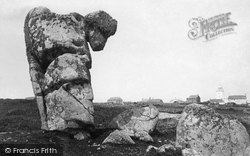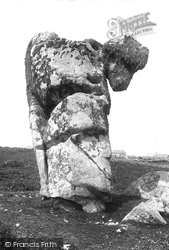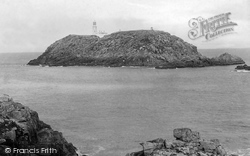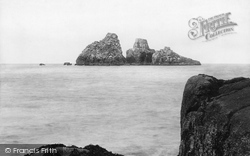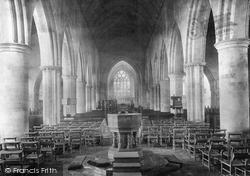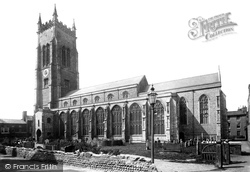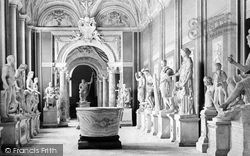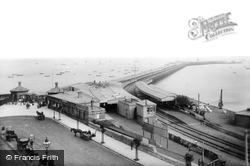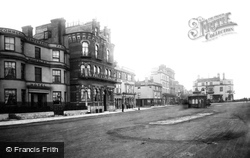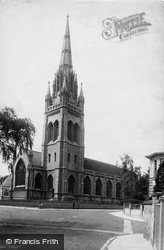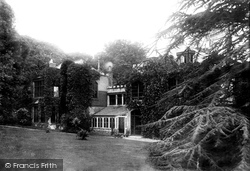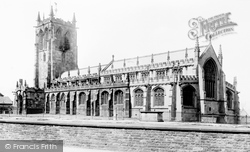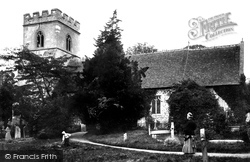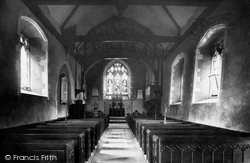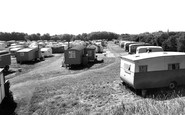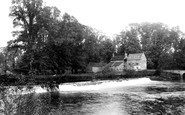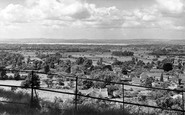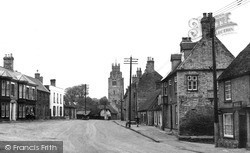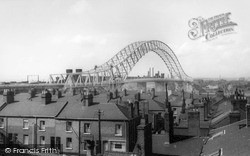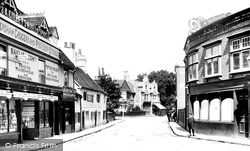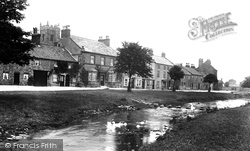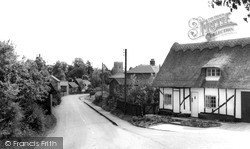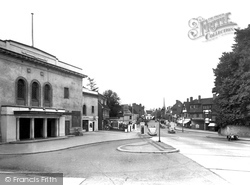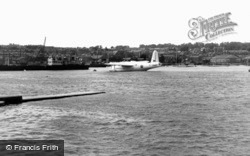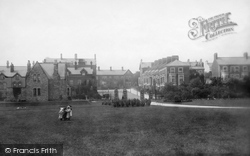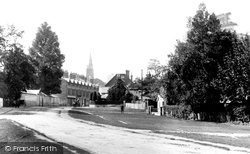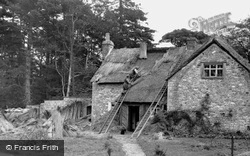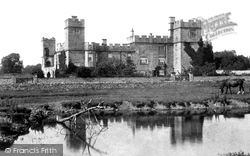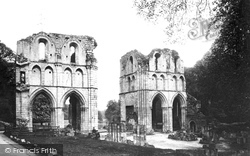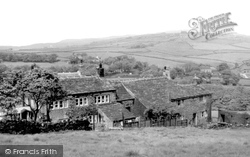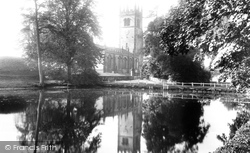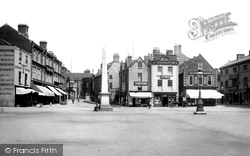Places
36 places found.
Those places high-lighted have photos. All locations may have maps, books and memories.
- Shanklin, Isle of Wight
- Ventnor, Isle of Wight
- Ryde, Isle of Wight
- Cowes, Isle of Wight
- Sandown, Isle of Wight
- Port of Ness, Western Isles
- London, Greater London
- Cambridge, Cambridgeshire
- Dublin, Republic of Ireland
- Killarney, Republic of Ireland
- Douglas, Isle of Man
- Plymouth, Devon
- Newport, Isle of Wight
- Southwold, Suffolk
- Bristol, Avon
- Lowestoft, Suffolk
- Cromer, Norfolk
- Edinburgh, Lothian
- Maldon, Essex
- Clacton-On-Sea, Essex
- Felixstowe, Suffolk
- Norwich, Norfolk
- Hitchin, Hertfordshire
- Stevenage, Hertfordshire
- Colchester, Essex
- Nottingham, Nottinghamshire
- Bedford, Bedfordshire
- Bury St Edmunds, Suffolk
- Aldeburgh, Suffolk
- St Albans, Hertfordshire
- Hunstanton, Norfolk
- Chelmsford, Essex
- Bishop's Stortford, Hertfordshire
- Peterborough, Cambridgeshire
- Brentwood, Essex
- Glengarriff, Republic of Ireland
Photos
11,145 photos found. Showing results 141 to 160.
Maps
181,031 maps found.
Memories
29,070 memories found. Showing results 71 to 80.
Still There!
The caravan site on Lime Kiln Lane in Brid is still flourishing - I had no idea it had been there so long! We are fortunate enough to have a place there for our grandchildren to enjoy the full benefits of the sea-side. Its a very happy place.
A memory of Bridlington
Hillingdon In The 1940s And 1950s
My family lived in Hillingdon from the beginning of ww2 until 1953 when we moved from Biggin Hill. Our first home was a top floor flat in Pinewood Ave which was not ideal for a family with 4 children and then ...Read more
A memory of Hillingdon by
Bathhampton Mill
This is the old mill on the banks of the River Avon at Bathampton. It may have been operational at this time but by 1930 it was labelled as disused.
A memory of Bathampton in 1900 by
Evacuees To Normanton In 1941
My elder brother, Alan Crook, and I were evacuated from Sheffield during the blitz of, I think, 1941. We stayed, as far as I can recall, in a large house, I believe the Manse, attached to ...Read more
A memory of Normanton in 1940 by
Family History Dated 1781 Kings Somborne.
Please could any one in Kings Somborne let me know who to contact regarding my family history. I have a family tree that dates back to 1781. My decendents were from Kings Somborne. I have names from ...Read more
A memory of King's Somborne by
A Native Of Tynemouth In Exile
I was born in Tynemouth, in Percy Park, the road leading down to the sea by the Grand Hotel. In 1956, I began at Tynemouth Prep. School, now The Kings School, in Huntington Place. I live in Hampshire now, but, I ...Read more
A memory of Tynemouth in 1955 by
Lost Times
My memories are of Okenden in the early days, my father was born there and was from a family of 11 children, he was called Arthur Oakley, he lived there when the local bobby walked the streets pushing his pushbike, and if he did ...Read more
A memory of South Ockendon in 1959 by
Personal Reflections
I was born in Sandleaze, Worton in 1957. I was brought up at 1 Mill Road near the Marston boundary. I remember many things about the village especially the Rose and Crown Pub and the Mill. I remember with pride the ...Read more
A memory of Worton by
Staverton Elizabethan Fayre
The Staverton Playing Fields were the location for the Elizabethan Fayre on August Bank Holiday Monday. Lots of entertainment was arranged including a jazz band, the Babelfish Ceilidh Band, Dog Racing, Punch and Judy, ...Read more
A memory of Staverton in 2008 by
Almondsbury
I know the above scene well! I attended the Knole Park house - now sadly demolished - which was then a boarding school, St. Catherine's. One weekend we went on a day trip to the shore of the Severn.......fascinating place. Would ...Read more
A memory of Almondsbury in 1952 by
Your search returned a large number of results. Please try to refine your search further.
Captions
29,395 captions found. Showing results 169 to 192.
This village stands on the south-west edge of the Isle of Ely. In the 17th century the fens around Sutton were drained by farmers with the help of wind pumps.
East of Crowborough the tour reaches Wadhurst, once a village of importance in the Wealden iron industry and now a quiet and typical High Weald village.
Within 15 years of being built the bridge needed to be widened so that today it carries four lanes of traffic.
Henry III ordered the Keeper of Windsor Forest to deliver to Andrew, Sergeant of Caversham, one good oak to make a boat for ferrying poor people over the water of Caversham.
It was at Catterick in AD 625 that Paulinus, first Bishop of York, baptised converts to Christianity, following the marriage of King Edwin of Northumbria to Ethelburga of Kent.
Back in the new city of Milton Keynes, Simpson is one of the villages it engulfed; but it is conserved within its boundaries.
One of the first known owners of the property was a member of the Brocke family by the name of Ayre. The earliest boundary was north of the stream known now as the Pip Brook.
This pair of houses on the eastern edge of Dartmoor is utterly typical of its time, with its water (the well in front of the left-hand door) and firewood all to hand.
A flying boat rests on the calm waters of the Medina, in the peaceful days of the 1950s.
There was no park in the north end of the town, but the opportunity was there in the shape of some unwanted land.
Here we have a fine overview of the town centre against a backdrop of the Fairfield Horseshoe group of mountains.
Hanmer takes the name of one of the great aristocratic families of the Borderlands.
Four immense bronze lions by Landseer guard the foot of the memorial.
It was at Catterick in AD 625 that Paulinus, first Bishop of York, baptised converts to Christianity, following the marriage of King Edwin of Northumbria to Ethelburga of Kent.
In early days the royal manor of Lyndhurst was often granted to the queens of England. Henry III gave it to Eleanor of Castile, the wife of Edward I.
The Vale of Glamorgan used to grow a great deal of corn, ensuring ample straw for thatching, and the pretty village of Merthyr Mawr is entirely made up of whitewashed, thatched houses.
To the north-east of Masham and three miles south of Bedale, Snape Castle was once the home of Katherine Parr, sixth and last wife of Henry VIII.
The earliest mention of the provision of education in Leeds dates from 1552 when William Sheafield, chantry priest of St Catherine, left property to support the upkeep of a schoolmaster.
Founded in 1147, Roche Abbey was a colony of Newminster in Northumberland, itself a daugh- ter of the great Cistercian abbey of Fountains.The abbey took its name from a cross-like rock that
Writing in 1822, Edward Baines said of the area that 'on the whole, Saddleworth is an interesting, though an uninviting part of the country, and the Mountaineers of this region, like those of Switzerland
Founded in 1147, Roche Abbey was a colony of Newminster in Northumberland, itself a daughter of the great Cistercian abbey of Fountains.
The dominating centrepiece of the early Norman settlement, the castle with its three moats was built by Robert, Count of Mortain, the half-brother of William the Conqueror.
In the chancel are the tombs of some of the Fytton family, including Sir Edward (1550-1606) who became Lord President of Munster, and Mary Fytton who was a maid of honour to Elizabeth I, but was soon disgraced
Chapter Three is a tour of the rolling oolitic limestone south-west part of Lincolnshire, until 1974 the County of Kesteven.
Places (6814)
Photos (11145)
Memories (29070)
Books (442)
Maps (181031)



